

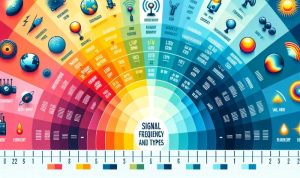




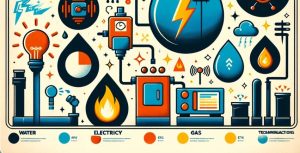
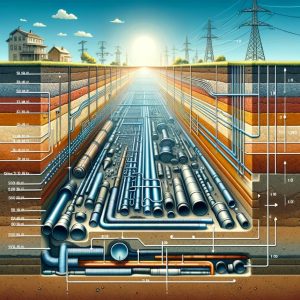
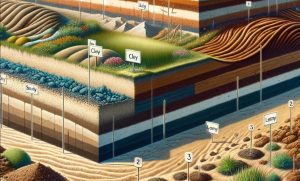
Accurate utility locating is crucial for the safety and success of construction and excavation projects.
In this blog post, we will go through the ten key factors that can affect the accuracy of electromagnetic utility service locating equipment.
Various tools are available to help professionals locate underground utilities, but the accuracy of these tools can be influenced by several factors.
Understanding these factors is essential for ensuring precise and reliable utility mapping.
The main factors for utility locating accuracy are:
- Soil conditions
- Utility depth
- Type of utility
- Interference
- Calibration
- Operator skill
- Environmental factors
- Signal frequency
- Utility condition
We also we touch on the use of multiple technologies to increase accuracy and to perform utility locating at the highest level.
Subsurface Site and Soil Conditions

The type and moisture content of the soil can significantly impact the accuracy of utility locating tools.
Types of soil or subsurface conditions that affect accuracy are:
- Organic
- Clay dominate
- Silty Soil
- Sandy Soils
Different soil types conduct electromagnetic waves differently, affecting the performance of tools like electromagnetic locators and ground penetrating radar (GPR).
Wet or clayey soils can reduce the accuracy of electromagnetic utility locators, while dry or sandy soils can hinder the performance of GPR.
Depth of Utility
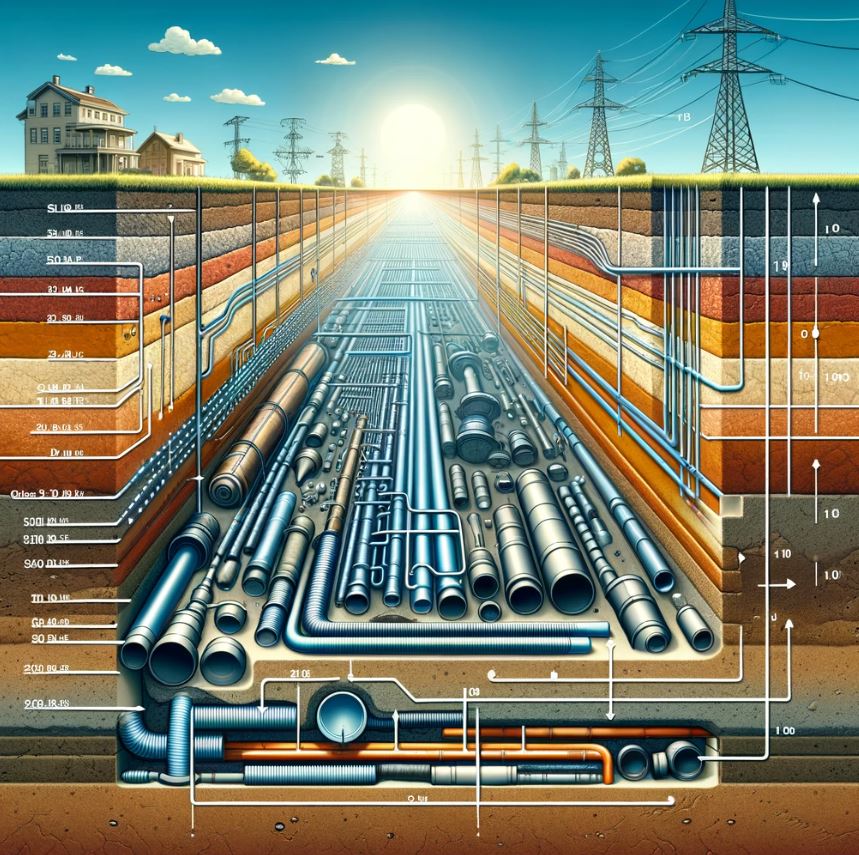
The depth at which a utility is buried can affect the choice of utility locating technology and its accuracy.
Generally speaking, for the best accuracy, utilities can require higher frequencies and/or more powerful signals (voltage) for detection. However this can cause signal bleeding to other nearby conductive utilities.
The research shows for GPR, having a depth to utility diameter ratio of no more then 12:1 for accurate results.
Type of Utility
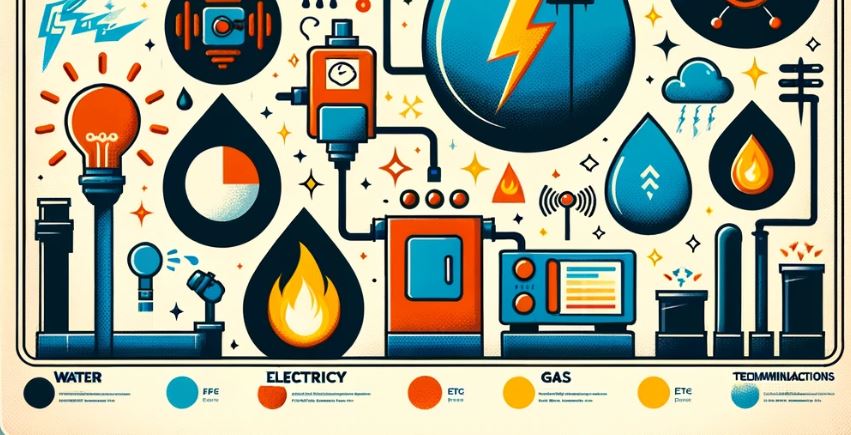
The type of utility being located also plays a vital role. Metallic utilities are generally easier to locate than non-metallic ones.
The size of the utility matters too – larger utilities are often easier to detect accurately than smaller ones.
Interference from other utilities or nearby structures can disrupt the accuracy of utility locating tools.
When multiple utilities run closely together, it can be challenging to isolate and identify each one accurately. This can lead to misinterpretation of results.
Interference

Interference from other utilities or nearby structures can disrupt the accuracy of utility locating tools.
When multiple utilities run closely together, it can be challenging to isolate and identify each one accurately. This can lead to misinterpretation of results.
Calibration

Regular calibration onsite and offsite of utility locating tools is essential to ensure their accuracy.
Proper onsite calibration, maintenance and testing calibration schedules are crucial for reliable results.
Operator Skill

The expertise and experience of the operator are critical factors in the accuracy of utility locating. Skilled operators are better equipped to interpret signals, make necessary adjustments, and identify potential sources of error.
Proper training is essential to obtain accurate results.
Environmental Factors

Various environmental factors can affect utility locating accuracy.
Weather conditions, such as heavy rain or snow, can alter the behavior of signals in the ground.
Electromagnetic interference from nearby sources, such as power lines or radio towers, can disrupt readings.
Site Plant such as cars, backhoes and other large equipment can be giving electromagnet distortion to your signals. You can turn off most equipment to fix this issue but large metal masses can still reflect passive radio signal from nearby transmitters like powerlines and radio towers.
Additionally, noise and vibrations from construction activities can impact accuracy.
Type of Signal Frequency Used
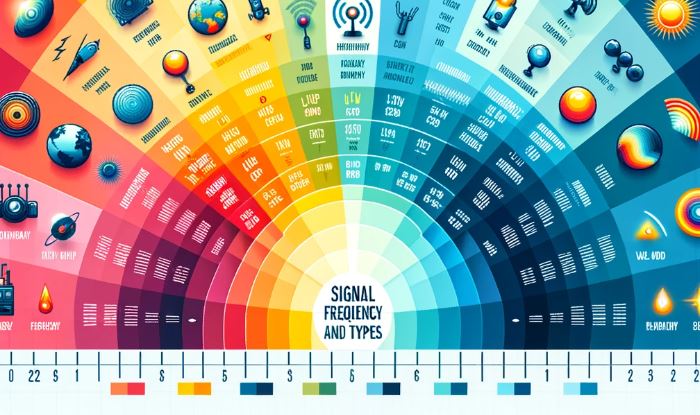
The frequency of the signal used in utility locating tools is an important consideration.
Higher frequencies offer more precise location information but have limited range, while lower frequencies can penetrate deeper but may provide less accurate location data.
The choice of signal type, such as radio waves, electromagnetic waves, or sound waves, can also impact accuracy and suitability for different types of utilities and soil conditions.
Utility Condition and Conduciveness

The condition of the utility itself can affect accuracy.
Damaged, corroded, or poorly maintained utilities may produce weaker or inconsistent signals, making them more challenging to locate accurately.
Most trace wires attached to utilities become ungrounded or broken due to weathering or other factor.
˚。 Combination of Technologies

Using multiple technologies or techniques in combination can improve accuracy.
By employing multiple methods, professionals can cross-check results and obtain a more accurate understanding of the underground utility network.
🤔 Conclusion
Accurate utility locating is a critical step in ensuring the safety and success of construction and excavation projects.
While utility locating tools have advanced significantly in recent years, it is essential to be aware of the various factors that can affect their accuracy.
By considering soil conditions, utility depth, type of utility, interference, calibration, operator skill, environmental factors, signal frequency, utility condition, and the use of multiple technologies, professionals can make informed decisions and achieve more precise and reliable utility mapping results.
